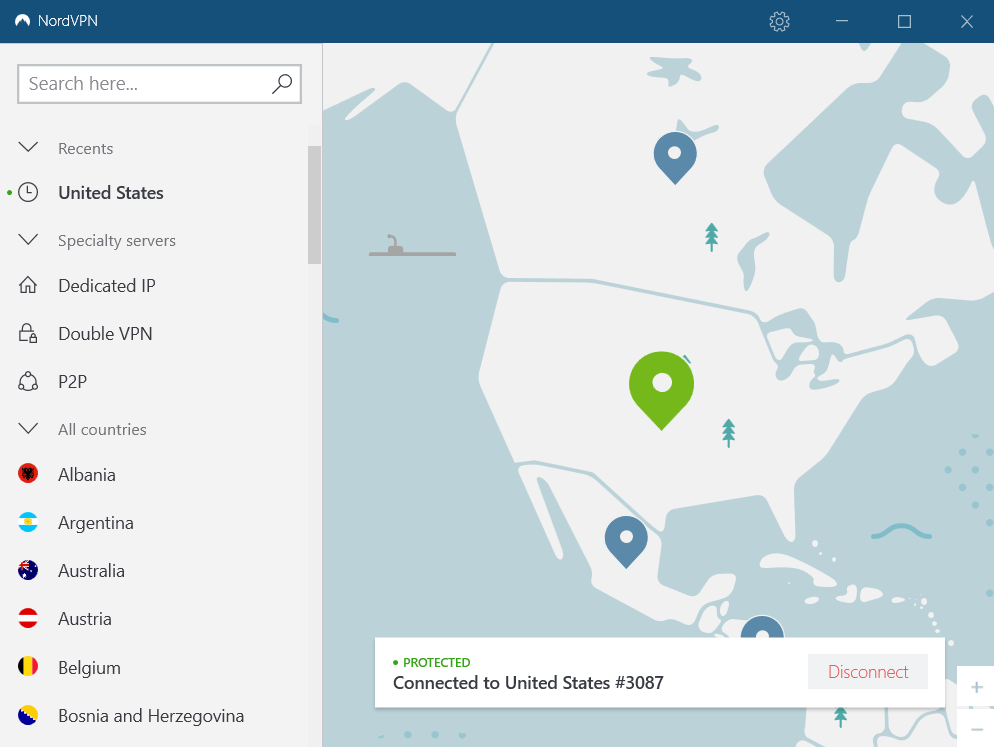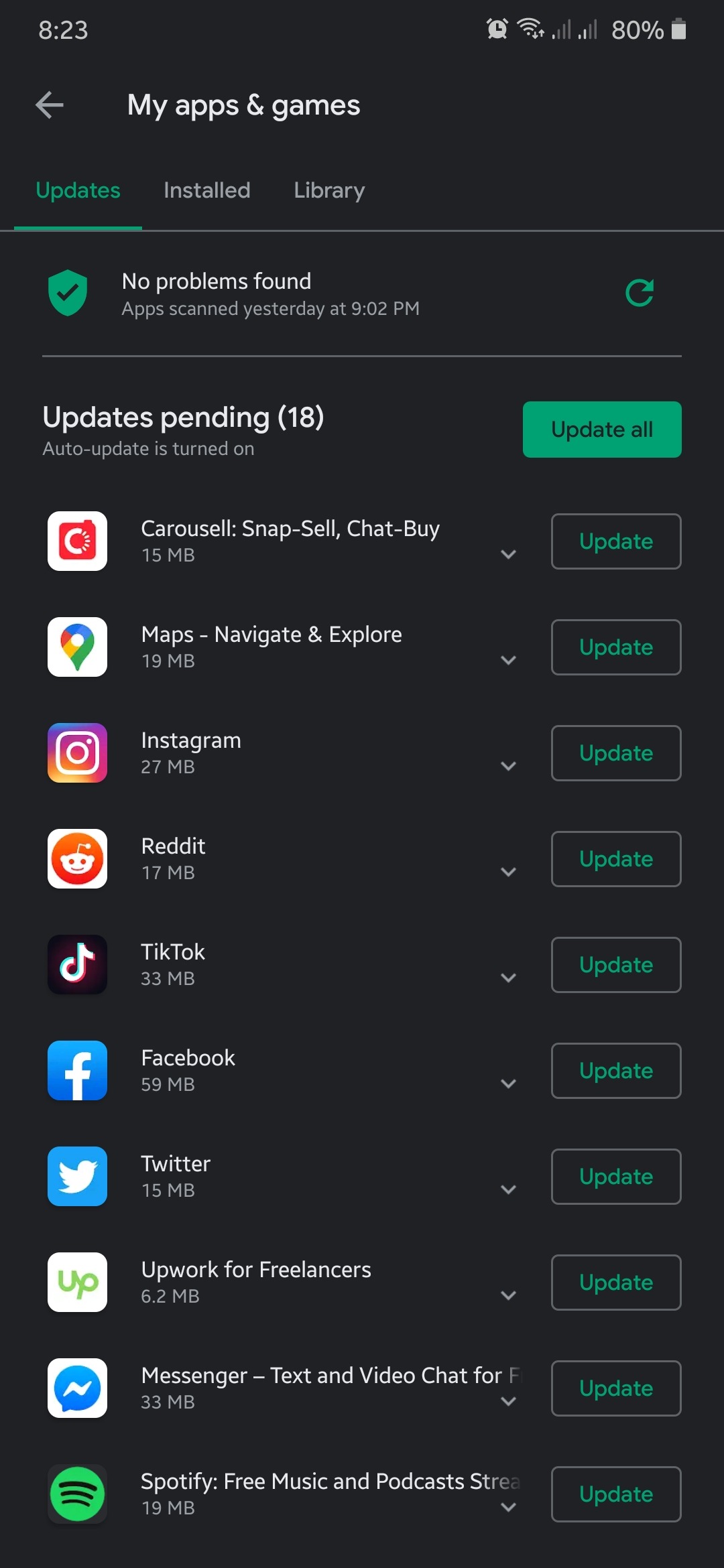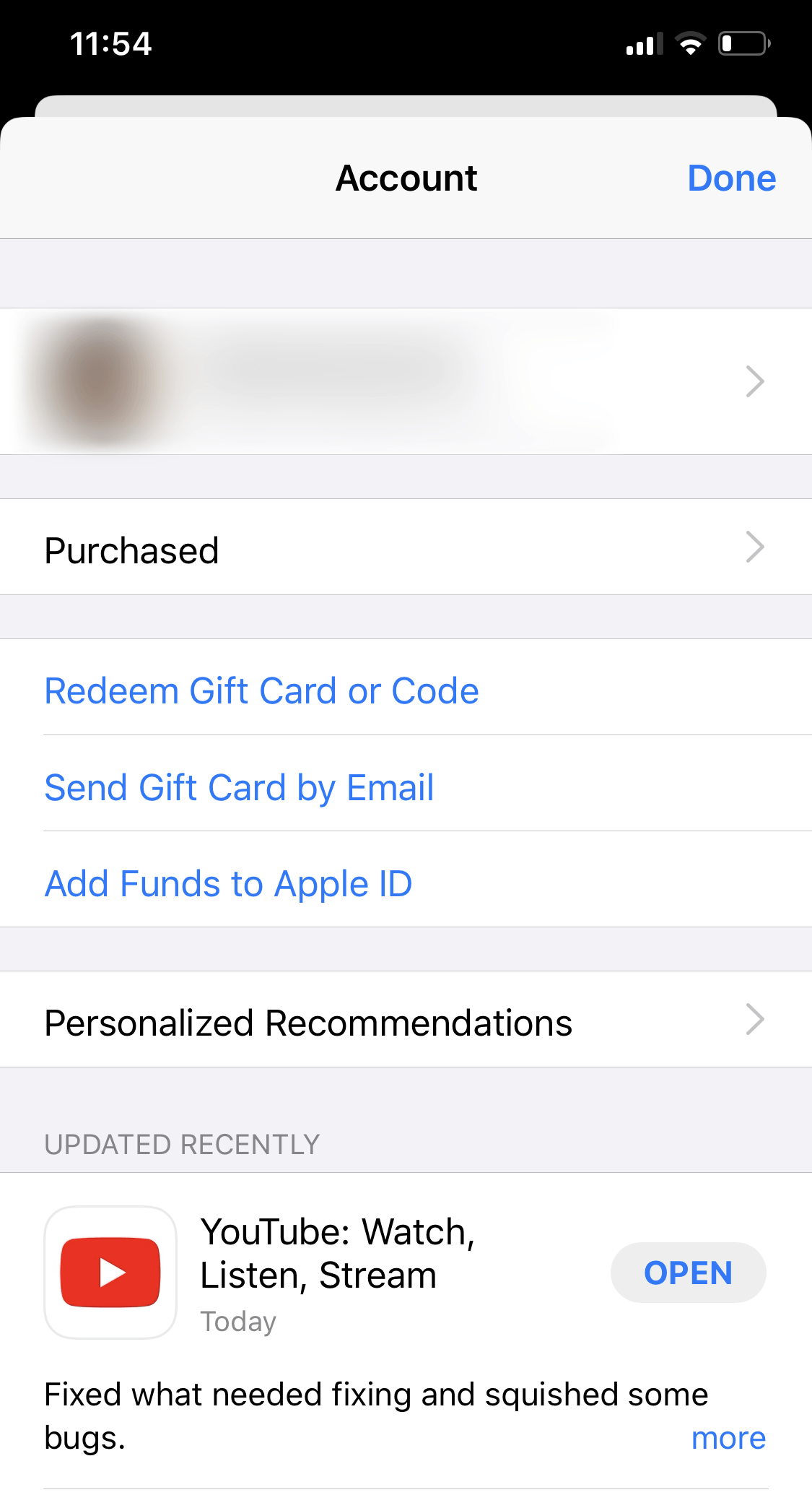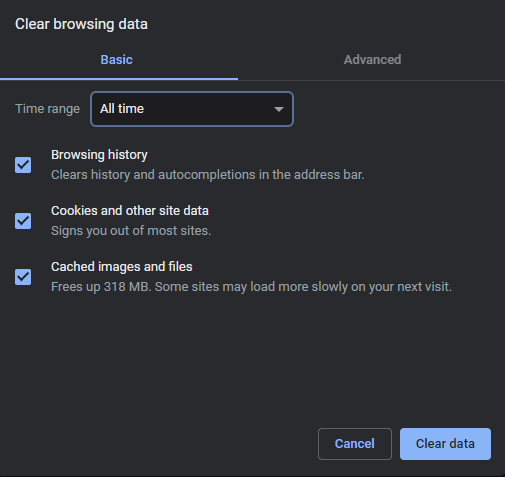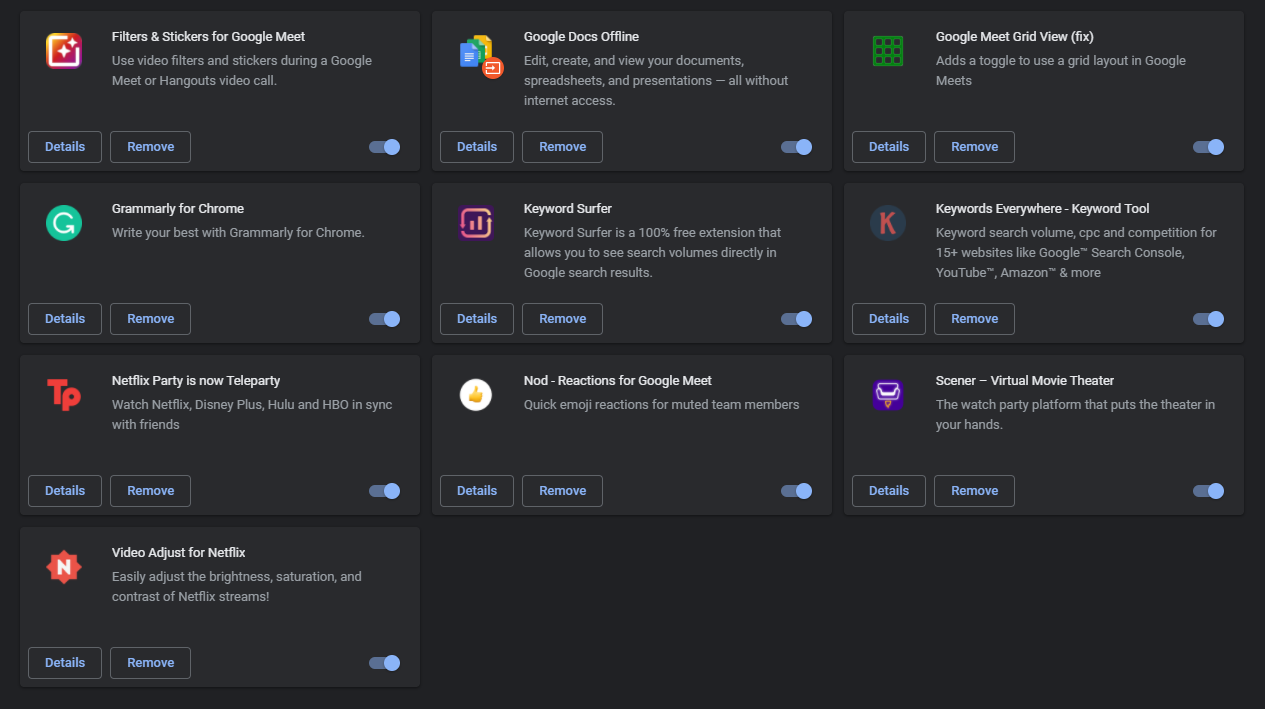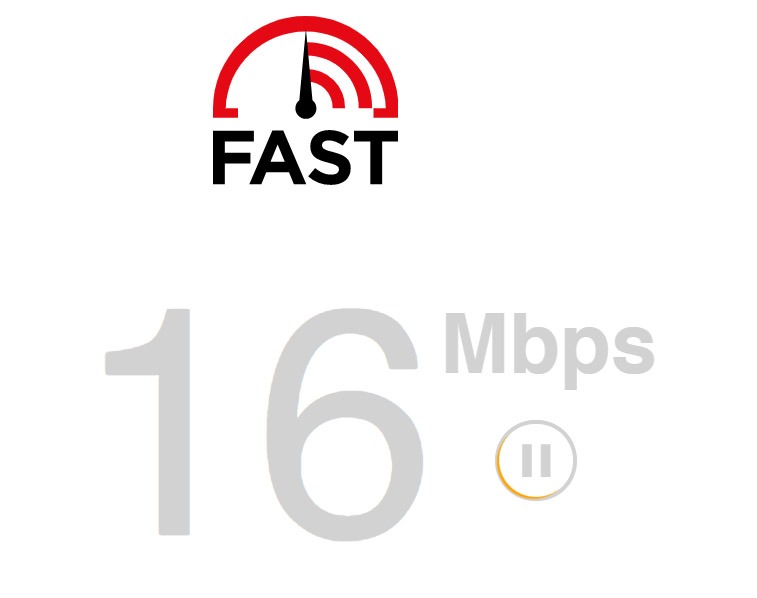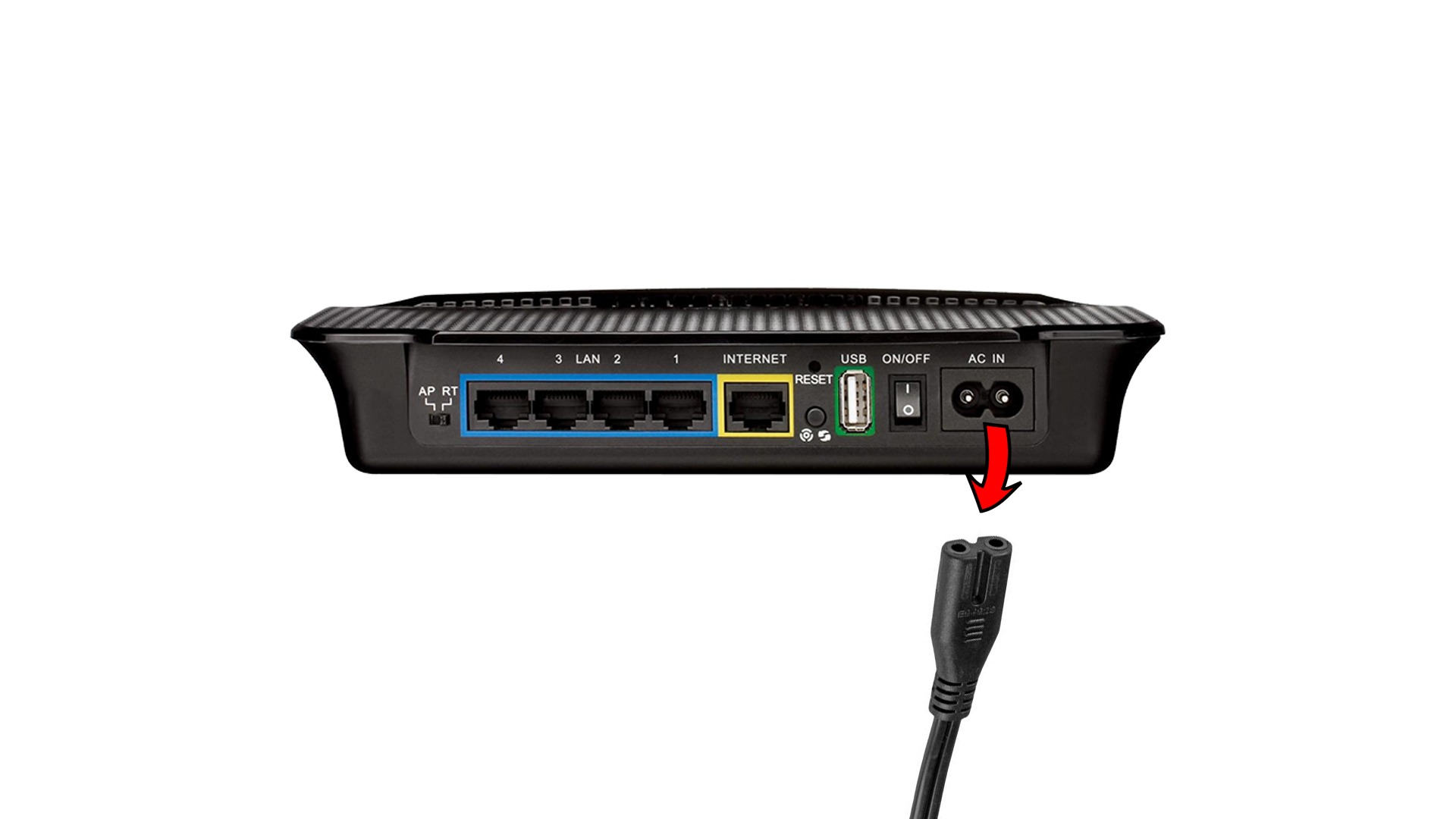Want to watch the latest videos from your favorite channels, but YouTube videos keep on buffering?
If you spend a lot of time online, you probably noticed that streaming videos on YouTube is faster. This is because YouTube has been developing its system over the years, and it has reached a point where high-resolution streaming videos don’t need a lot of bandwidth.
However, if you’ve noticed that YouTube videos keep on buffering on your end, something is not right and needs to be addressed.
Today, we will show you a few methods to fix YouTube videos that keep on buffering.
Let’s get started!
- 1. Check YouTube’s Servers.
- 2. Turn Off VPN.
- 3. Change YouTube Region Manually.
- 4. Use PureVPN.
- 5. Lower the Video Quality.
- 6. Check for Updates.
- 7. Clear Your Browser Cache and Cookies.
- 8. Disable Your Browser Extensions or Try Another Browser.
- 9. Check and Reset Your Internet.
- 10. Block Content Delivery Networks.
1. Check YouTube’s Servers.
As you probably know, YouTube is under Google, and its servers rarely encounter problems. However, if you experience issues on the platform, there is still a possibility that their servers may fail.
If you are having issues with video playback on YouTube, try to check their servers’ status. You can use third-party tools like Downdetector to see YouTube’s current status and the issues it has encountered for the past 24 hours.
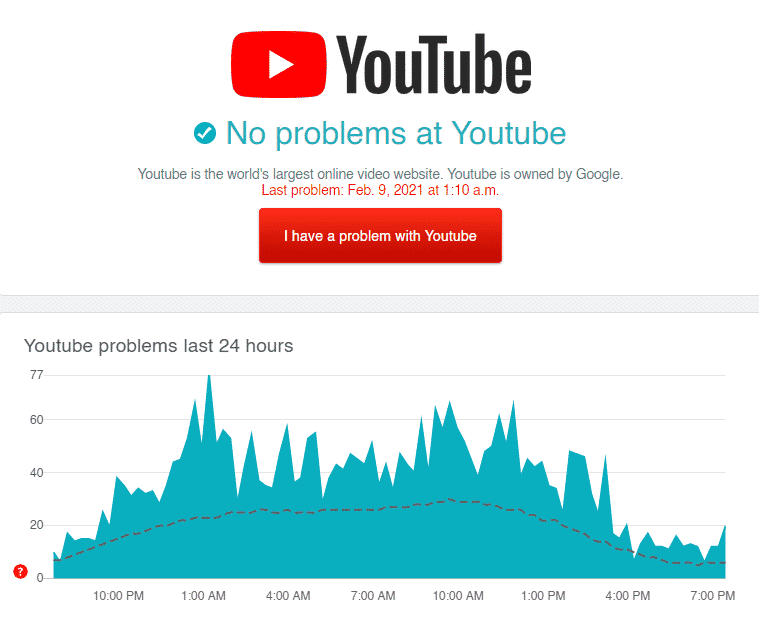
2. Turn Off VPN.
VPNs are third-party tools that keep your network private and secure. They work by altering your default IP address and filtering your data before passing it to the servers of websites you visit.
However, this process can affect your network’s performance and cause instability. Try to disable your VPN if YouTube videos keep on buffering.
You can also head to Method 4 if you prefer to have a VPN when browsing online.
3. Change YouTube Region Manually.
There are times when the servers for your region experience issues. In this case, you’ll notice that the problem only occurs at your location. To fix this, you can manually change your region to connect to other servers.
To change the YouTube region manually, see the steps below.
- First, open your browser and go to the YouTube video you want to play.
- Now, click on the URL box of your browser.
- Finally, change ‘www’ to ‘ca’ and hit Enter on your keyboard to reload the page.
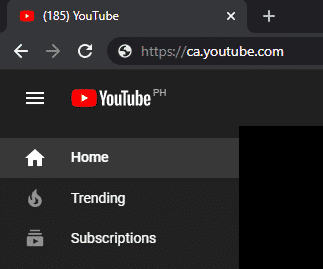
Try playing the video again to check if the issue is solved.
4. Use PureVPN.
Don’t want to go online without protection? Check out PureVPN!
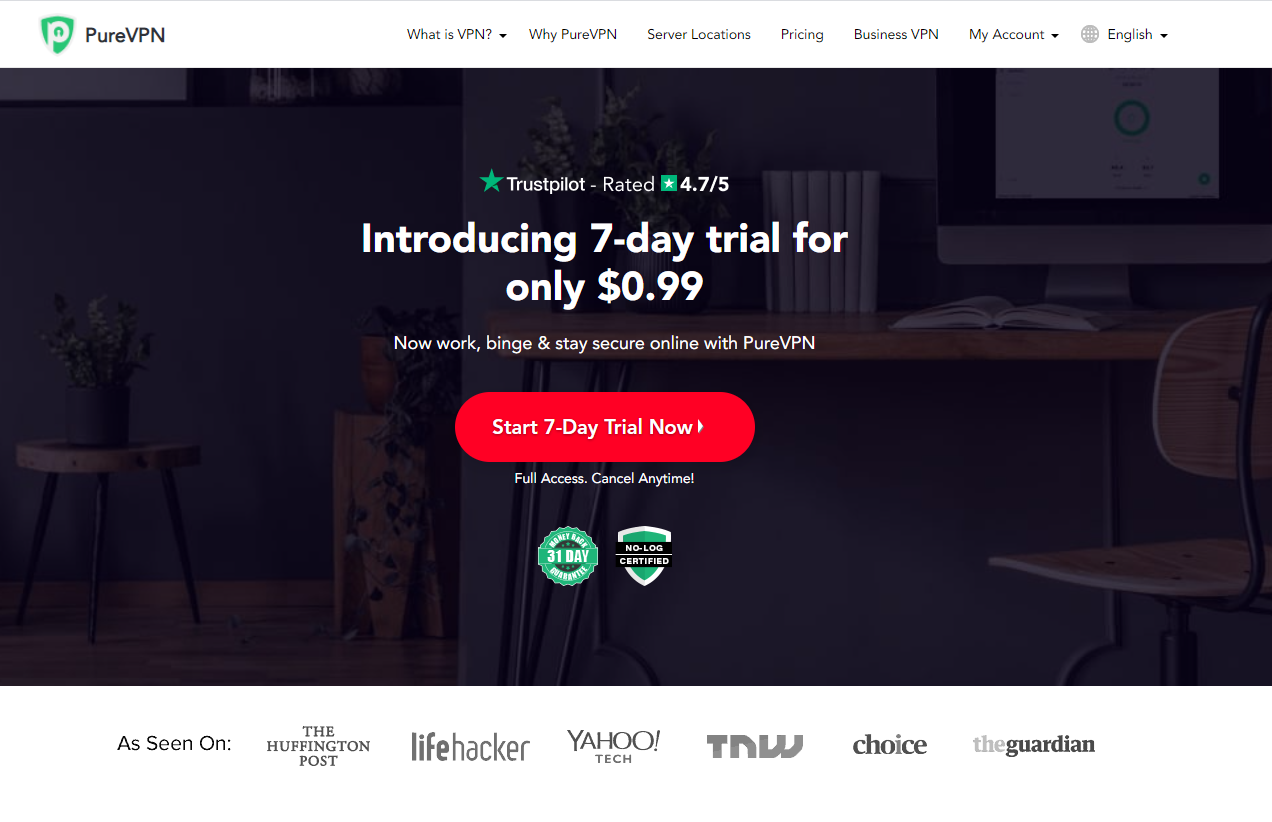
PureVPN is a VPN service provider with 6500+ servers across the globe for optimized unparalleled performance. It has many helpful features like split-tunneling, port forwarding, 256bit AES Encryption, and more!
With PureVPN, you are sure that your data is safe and protected online without dealing with network connectivity issues.
Besides, PureVPN also has 24/7 customer support available via phone, email, and live chats to help you with problems that you may encounter on the platform.
Get the most out of your network with PureVPN!
5. Lower the Quality of the Video.
If you are playing HD or 4K videos on your device, there’s a possibility that your network cannot keep up with the bandwidth requirement. Try lowering the playback quality on YouTube to reduce the load on your network.
On mobile devices, check out the guide below to change YouTube’s playback quality.
- First, open the YouTube app on your device and go to the video you are trying to watch.
- Now, tap on the More button and select Quality.
- Finally, lower the quality of the video.
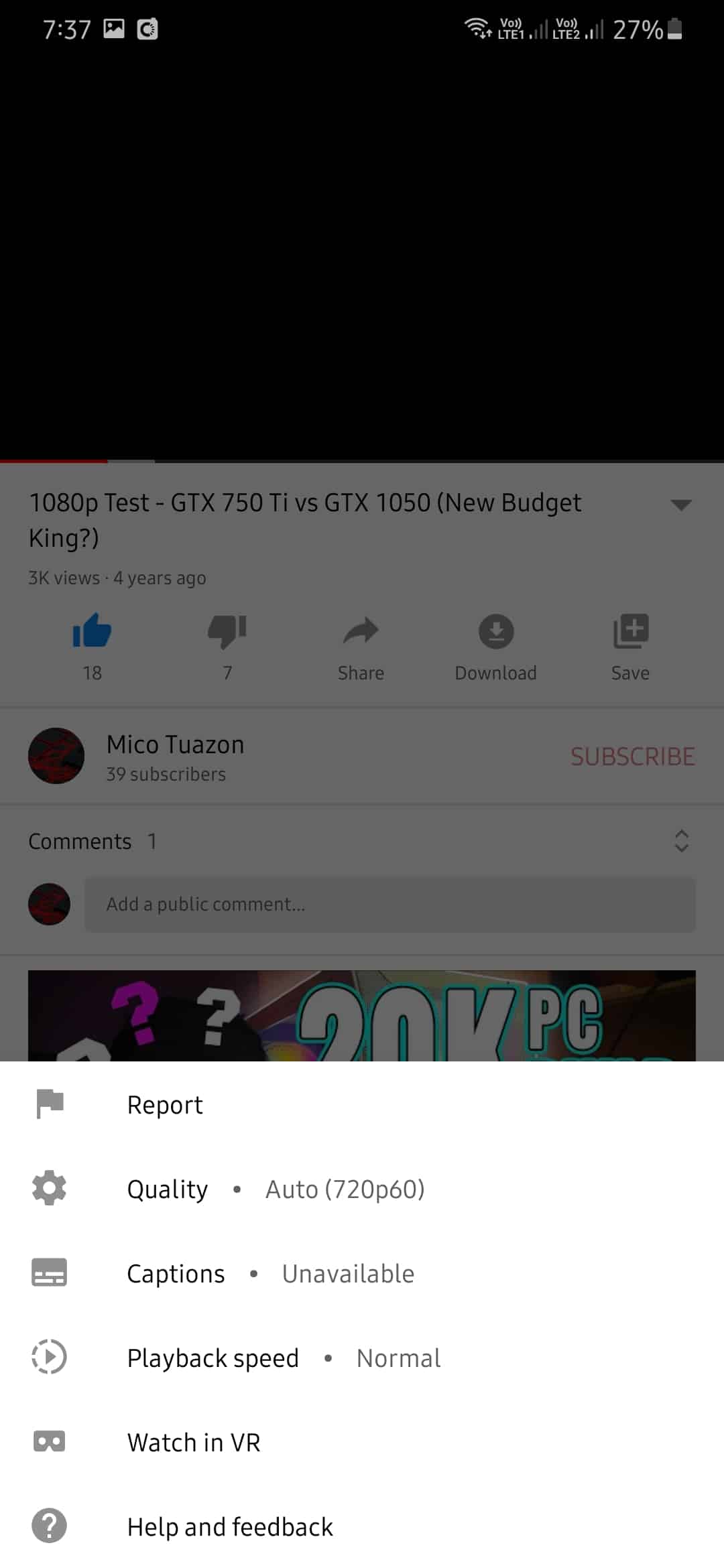
If you are using browsers, check out the steps below to change your playback quality.
- On your browser, go to the YouTube video that you want to play.
- Now, click on the Gear icon and select Quality.
- Lastly, change the video resolution to 720p or lower.
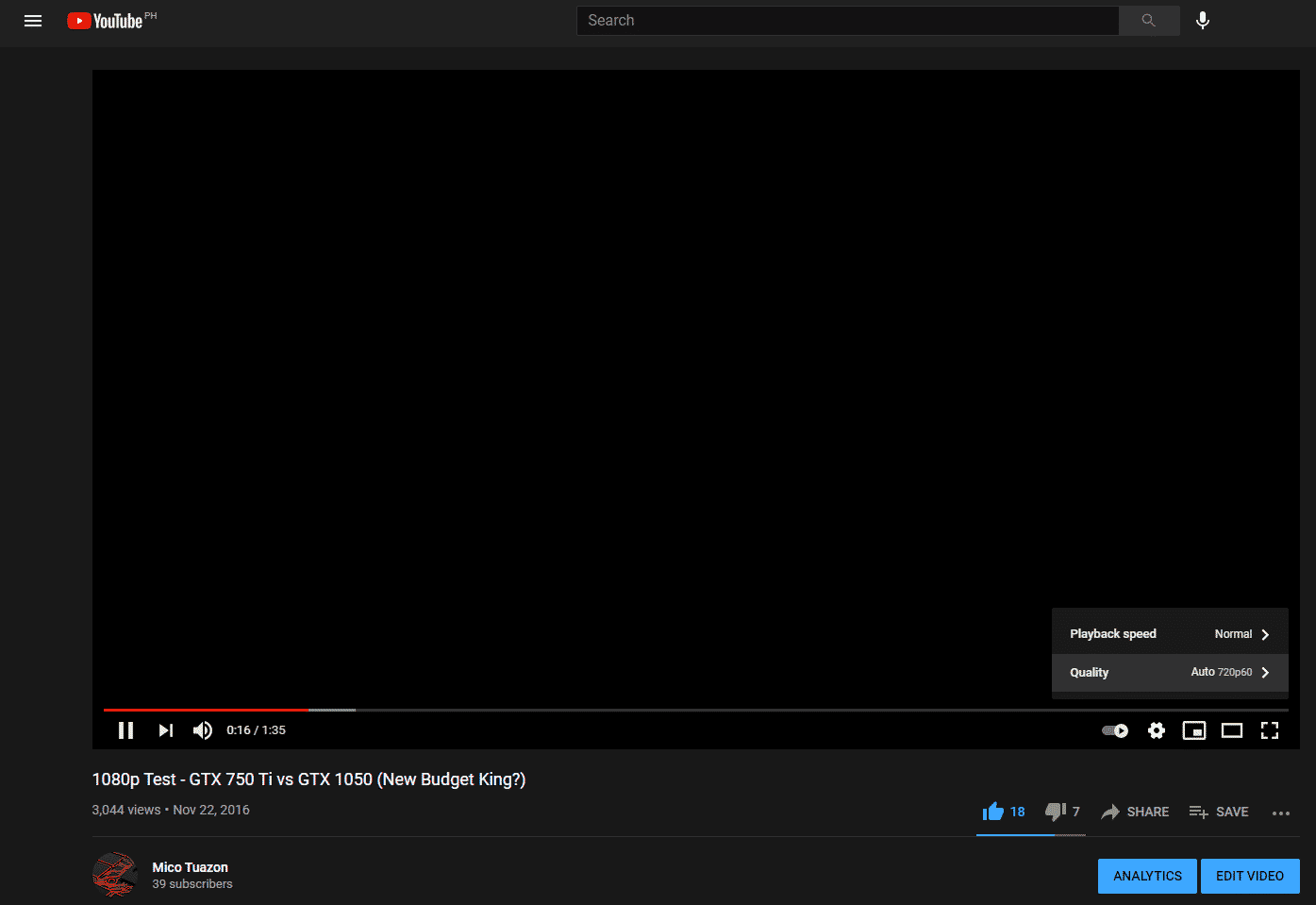
Try playing the video again to check if it will still buffer.
6. Check for Updates.
Running an older version of any application is never a good idea. Besides performance issues, you are also risking your account and data from hackers online. If YouTube videos keep buffering on your phone, try to check if there’s an available update.
On Android, see the steps below to update YouTube.
- First, open the Play Store from the app drawer and access the side drawer.
- Now, check for possible updates by tapping on My Apps & Games.
- Lastly, tap the Update button if an update is available.
For iOS users, you can update the YouTube app by doing the following:
- On your device, tap on the App Store to launch it.
- Inside the App Store, tap on your Profile icon to open the Accounts tab.
- Lastly, scroll down and see if there’s an update for YouTube. If available, tap the Update button beside it to install the update.
After updating YouTube, go back to the video you are trying to watch and check if the problem is solved.
7. Clear Your Browser Cache and Cookies.
Your browser stores temporary data on your device and uses it to improve its performance. However, if you experience problems with websites you access, your browsing data could’ve gotten corrupted.
In this case, clear your browser cache and cookies to eliminate corrupted files.
- First, open your preferred browser and navigate to its settings.
- Now, go to Privacy and Security and click on Clear Browsing Data.
- After that, include caches and cookies in the clearing process by clicking on the checkbox beside them.
- Lastly, change the Time Range to All Time and hit the Clear Data button.
Go back to YouTube afterward and check if videos would still buffer.
8. Disable Browser Extensions or Try Another Browser.
Extensions are third-party programs that are installed directly on your browser to bring additional features to some websites. If YouTube videos keep buffering, try to disable your browser extensions as it could be interfering with how the platform works.
- First, open your browser and go to its settings page.
- Now, click on Extensions from the side menu to open it.
- Finally, turn off all your browser extensions.
Once done, go back to the website and check if YouTube videos are now playing correctly.
You can also use another browser if disabling your extensions did not work. Try to use popular browsers like Chrome, Firefox, and Opera, which are optimized for most websites.
9. Check and Reset Your Internet.
A slow internet connection can also cause YouTube videos to buffer. Since you are streaming videos online, fast and reliable internet is required to play the videos properly.
Run a test on your network using Fast.com to check its upload and download speed.
If the result shows that your connection is running slow, try to restart your router to re-establish the connection with your service provider’s servers. Locate the power chord of your router and unplug it for 5 to 10 seconds. Now, plug back in the power chord and wait for your router to restart.
Perform another test afterward to check if the restart worked. If you continue to experience network issues, report the problem to your ISP and ask them to fix their service.
10. Block Content Delivery Networks.
When you play videos online, your device doesn’t connect directly with the website’s servers. Instead, your browser uses CDN services or content delivery networks to stream the videos on your device.
Although this is perfectly fine, your ISP can throttle your connection while using CDNs and cause YouTube videos to buffer.
To fix this, block content delivery networks on your device to connect directly with YouTube’s servers.
- First, open Command Prompt on your computer with administrative privileges.
- Now, type the following commands on CMD:
- Lastly, hit the Enter key on your keyboard to proceed.
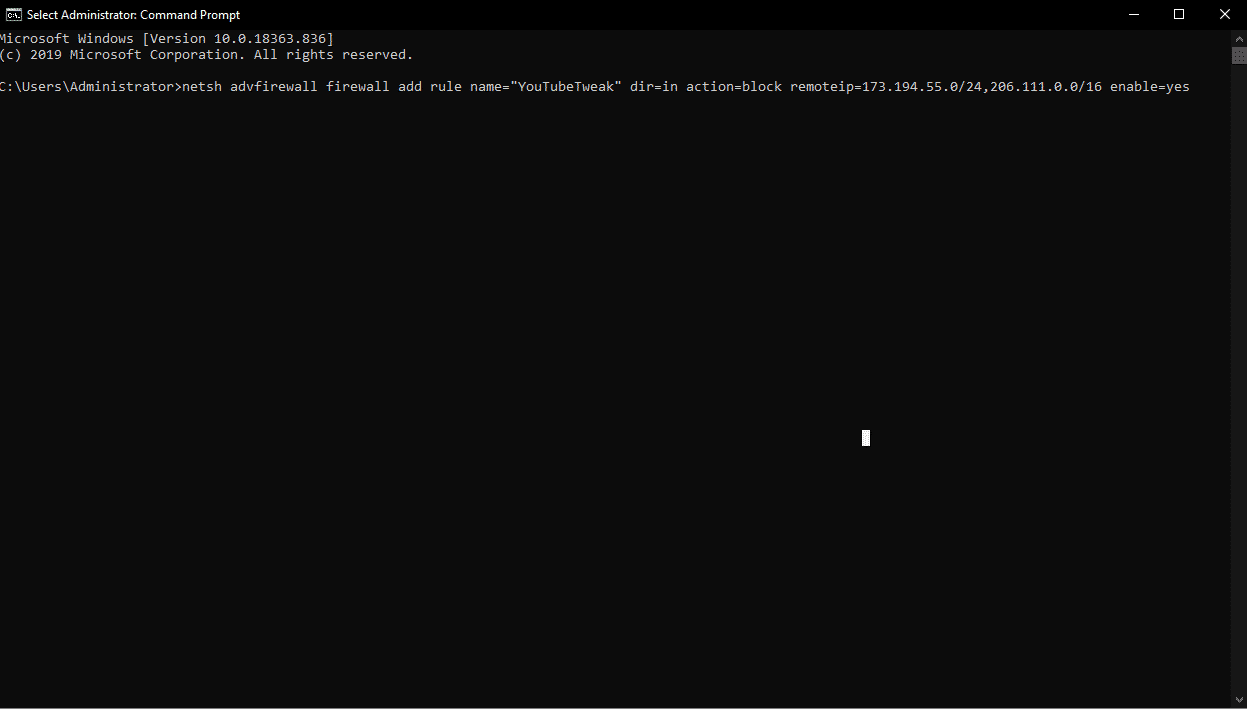
Once done, open the YouTube video again to check if the problem is solved.
This brings us to the end of our guide in fixing YouTube videos that keep on buffering. If you know other ways to address this problem, please share them in the comment section below. We’d be happy to give credit to anyone who can provide an alternate solution once this article gets updated.
If this guide helped you, please share it. 🙂





